Regulatory Integrity
Pesticides are one of the most regulated industries in the country.
Did you know the first use of pesticides was recorded approximately 4,500 years ago?
While the Sumerians foray into pest management erred on the more experimental side, today’s scientific advances and pesticide regulatory process provides critically important pest control solutions to farmers and consumers while mitigating risks and impacts of pesticides to our health and environment. U.S. regulatory agencies fully review pesticides and establish that they can be safely used before they are put on the market. This process includes EPA review of more than a hundred studies and tests under Good Laboratory Practices (GLP) that examine the product. GLP refers to a set of principles pesticide registrants must adhere to in order to assure the quality and integrity of non-clinical laboratory studies. This also helps to ensure that pesticide discoveries are not pursued if they cannot meet the U.S.’s high safety standards for approval. In fact, only about one in 10,000 discoveries will make the more than 11 year-long journey from the lab to the farm.
And it does not stop there. EPA is required to re-evaluate all registered pesticides at a minimum of every 15 years, however, in practice this occurs more frequently. When a pesticide is approved for use, regulators protect consumers, farm workers and the environment through extensive label instructions. The label is reviewed by EPA as part of the registration process and provides critical information about how to handle and safely use the product and avoid harm to human health, non-target species, and the environment. A pesticide label includes instructions like where and when to use, which crop, frequency, concentration, how to store and discard the pesticide container to name a few. In addition, to the rigorous federal registration process, pesticides undergo state review and registration; pesticide applicator certification and training; continuous residue monitoring; state regulatory oversight; and more.

